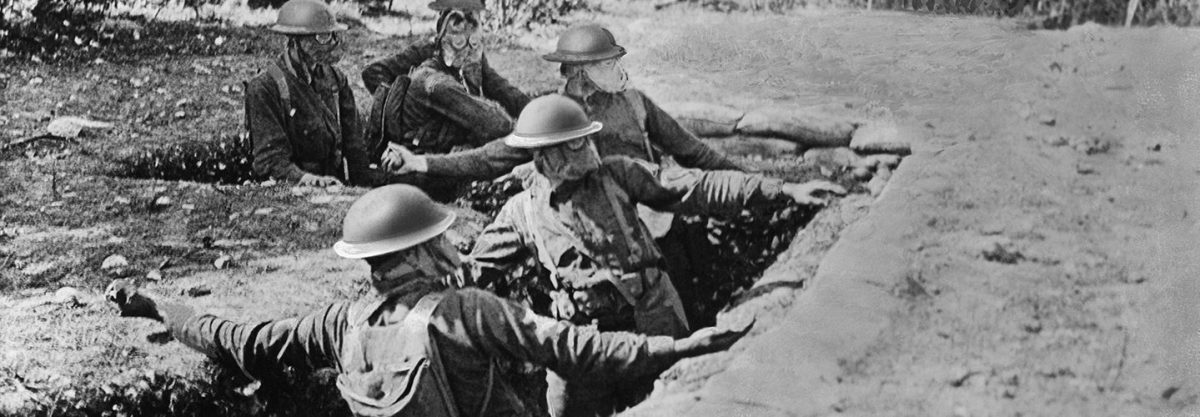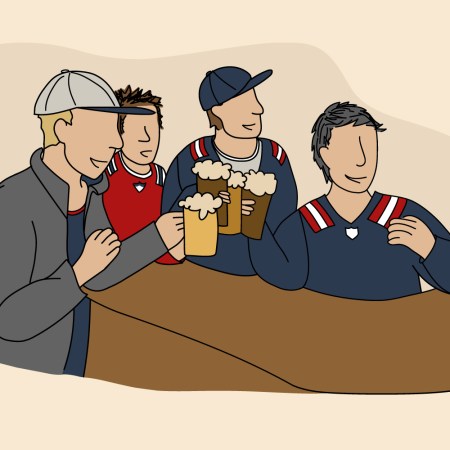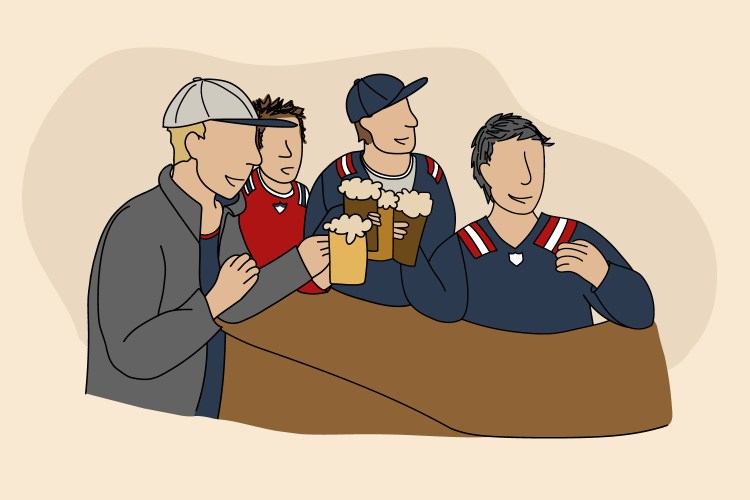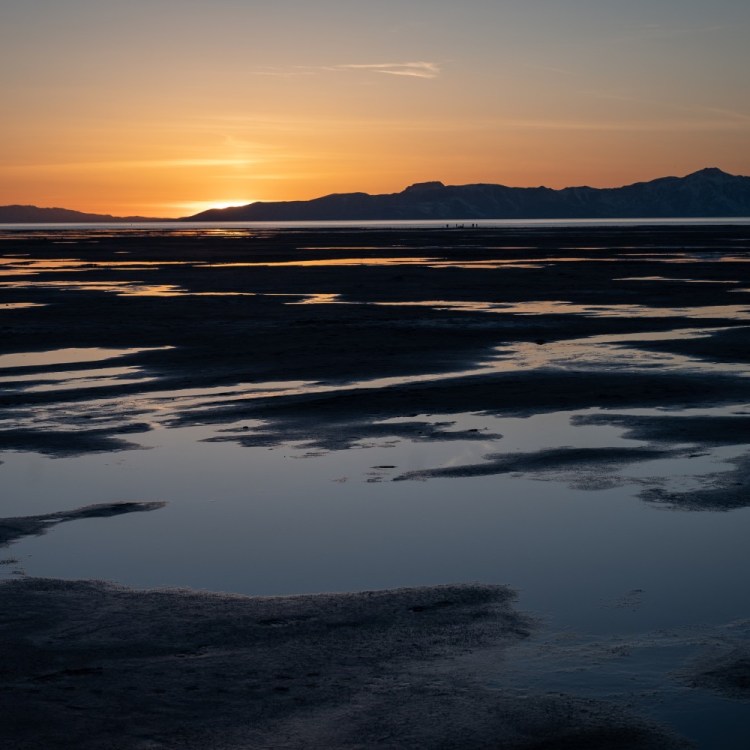Weather forecasters are often criticized when their predictions fail, but for most people the unexpected results are little more than an inconvenience. But the origins of the profession were born out of war, when their predictions literally meant life or death.
According to Smithsonian magazine, weather forecasting became a serious, mathematically-based regimen during World War I, when things like “aeronautics, ballistics, [and] the drift of poison gas” became daily fears for allied troops.
Who can we thank for this giant leap ahead? The honors go to English mathematician Lewis Fry Richardson, who worked in an ambulance unit on the Western Front, and produced early experiments in weather forecasting based on science, rather than historical data, as primitive forecasters had. He based his mathematical concept on an actual weather report created by Norwegian meteorologist Vilhelm Bjerknes on May 20, 1910, who had mapped out data such as temperature, air pressure, air density, and cloud cover for the day.
It took Richardson six weeks to produce a six-hour forecast, so it was clearly a flawed process. But in the coming years, “new meteorology” would take hold, changing how the job would be done forever. Ever wonder why it’s called a storm or weather front? That’s a direct nod to World War I trench warfare.
This article was featured in the InsideHook newsletter. Sign up now.
























